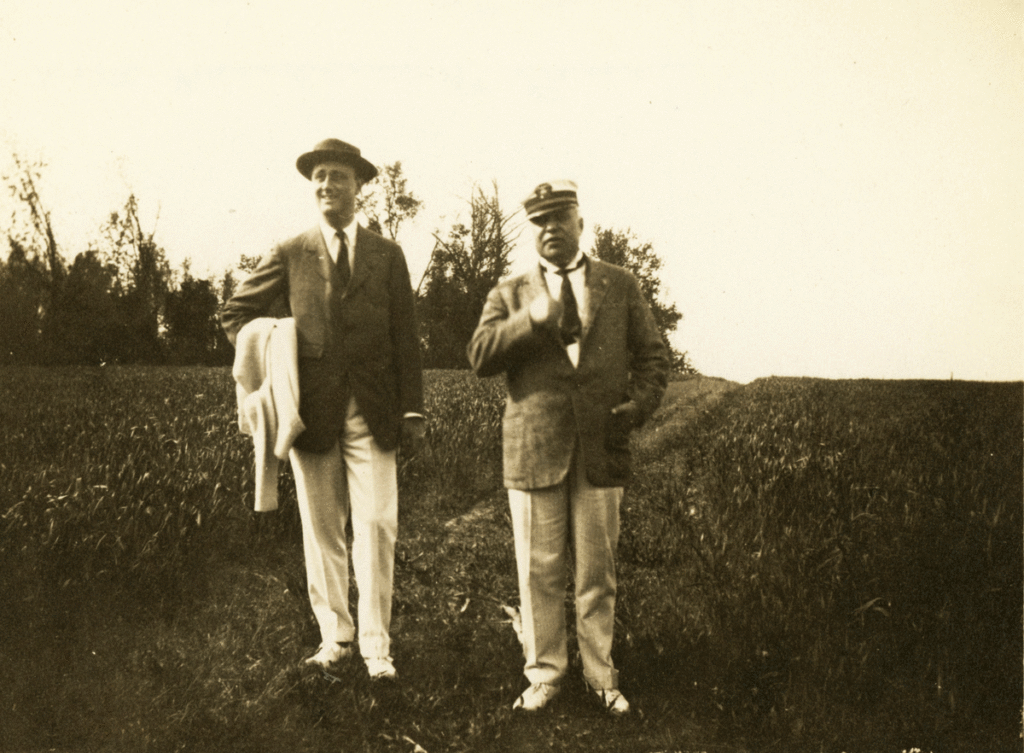This is the twelfth article in a series on the Conkling Mining Co. v. Silver King Coalition Mines Co. lawsuit.
Following the Eighth Circuit Court of Appeals’ ruling favoring the Conkling Mining Company in February 1916, the case was remanded back to the United States District Court for Utah for settlement. John A. Marshall was no longer on the federal bench having abruptly resigned on September 8, 1915. Tillman D. Johnson now presided over Utah’s U. S. District Court.
In order to render a true accounting between the parties, Judge Johnson deemed it essential to have data upon several matters, namely: volume, classification, waste, metallic content of ore, and price. These matters he considered in their order.
The Silver King Coalition Mines company filed a statement of account showing the tonnage and value per ton of all ore mined from the Conkling Mining claim. It presented evidence as to the cost per ton for mining, milling, tramming, and sampling of both crude and shipping ore. Moneys expended in exploratory and development work which resulted in the discovery of those ores was also shown. The Silver King believed the Conkling was due $72,750.76.
Judge Johnson requested the Conkling company determine and provide the Court a statement of the amount due it. On March 12, 1918, the Conkling submitted a calculation as to the amount due of $542,222.58. The Judge rendered a decree in favor of the Conkling two weeks later. From this decree, both parties appealed to the Circuit Court of Appeals, which increased the judgment to $570,076.50 on December 19, 1918.
The King again appealed the case to the Supreme Court. Appeal for the issuance of a writ of certiorari was granted in October of 1919 with some help from Secretary of the Interior Franklin K. Lane. In a friend-of-the-court brief, Lane asked that the writ be granted as involving a matter of public interest in which the United States was especially interested.

Credit: Courtesy of the U.S. National Archives, Franklin D. Roosevelt Library Photographs, 1870 – 2004
The Department of the Interior formally intervened in the case because it was in the interest of the government to have a ruling by the Supreme Court, which would thereafter govern the land department in determining whether a mining claim would be properly defined by the monuments on the ground, or by the wording of the patent issued by the government.
The General Land Office reported that upwards of 20,000 mineral patents similar to the Conkling’s were based on mineral surveys where the course and distance calls might vary to a greater or lesser extent from the fixed monuments described in the field notes and established and found on the ground.
Argument of the Silver King Coalition Mines vs. the Conkling Mining Company case was heard before the United States Supreme Court on January 19, 1921. The contention was made that if the decision of the circuit court of appeals be sustained, mining claimants could ignore that section of the law requiring the marking of the boundaries of their claims – no need to erect monuments nor make surveys.
Much of the argument as well as the record in the case was highly technical in character. This story will be concluded in a few weeks. To learn more about mining history in Park City, visit the Park City Museum and its Hal Compton Research Library. The Museum’s annual Glenwood Cemetery Tour will take place on September 18 this year. Get tickets at parkcityhistory.org.